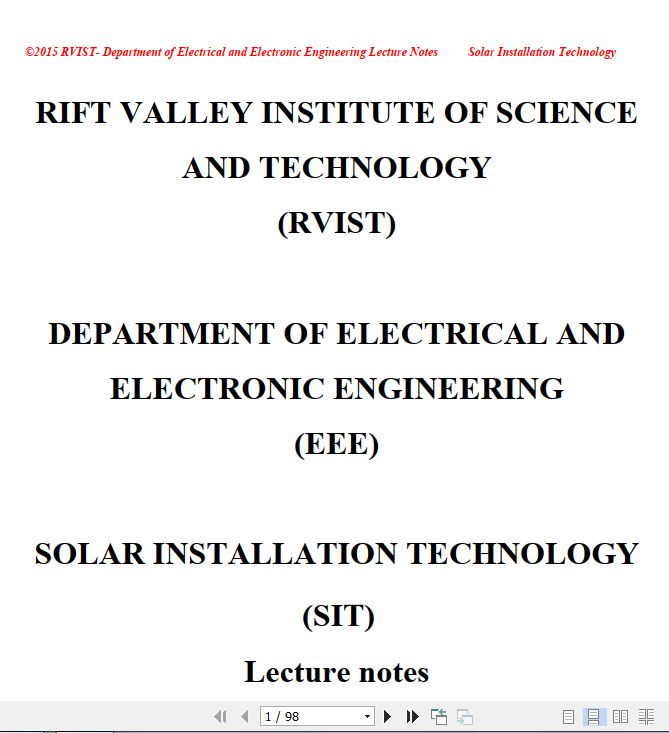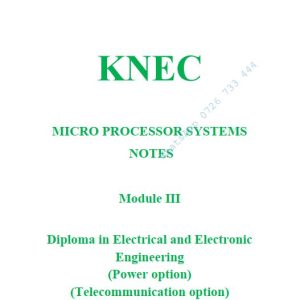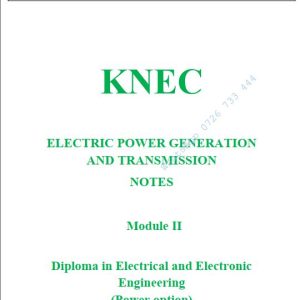Description
Table of Contents
Solar energy
Energy from the Sun
Early solar energy commercial adaption
Applications of solar technology
Architecture and urban planning
Agriculture and horticulture
Transport and reconnaissance
Solar thermal
Photovoltaics
Photovoltaic power systems
Concentrated solar power
Parabolic trough
Compact Linear Fresnel Reflectors
Stirling solar dish
Solar power tower
Converting Sunlight into Electricity
Energy and environmental issues
Photosynthesis and biomass
Photosynthetic efficiency
Biomass wastes and their conversion
Fuel production via microalgal CO2 fixation
General problems associated with biomas
Biomass conversion of solar energy
Solar chemical
Direct & indirect UV radiation
Insolation
Absorption and reflection
Projection effect
Earth’s insolation
The Solar Cell
Solar Energy Conversion Technology Assessment
Solar Radiation
Potential of Solar Energy
Progress in photovoltaic cell efficiencies
Environmental Aspects of Solar Energy
Solar technologies
Photon-to-Electric Energy Conversion
Photo-electrochemical cells
Photon absorption and carrier generation
Charge transfer and separation
Charge transport
Technological challenges
Photon-to-Thermal-to-Electric Energy Conversion
Parabolic troughs
Power towers
Dish-engine systems
Solar chimneys
Photon-to-Chemical Energy Conversion
Photo-(electro)-chemical water splitting
Thermal and thermochemical processes
Hybrid Solar Lighting
Principles of Operation
Advantages of Hybrid Solar Lighting
Cost Considerations
New Developments in Hybrid Solar Lighting Technology
The Solar Energy Operation
Principle of Operation of Solar Energy
Governing principles of Solar Energy
Solar Irradiance
Solar Constant
Solar Window
Solar Spectrum
Ultraviolet, Visible and Infrared Radiations
Solar Insolation
Average Daily Solar Radiation
Peak Sun Hours
Typical Meteorological Year (TMY) data
Direct and Diffuse Solar Radiation
Advantages and Limitations of Solar Energy
Advantages of Solar Energy
Limitations of Solar Energy
Solar Receiver Technologies
Solar Photovoltaic Technologies
Crystalline Technology
Solar Thermal Technologies
Applications of Solar Energy
Solar Thermal Applications
Solar Cell Resource Assessment
Factors to be considered in Solar System Design
i. Solar Radiation
ii. Atmospheric effect on Solar Radiation
iii. Air Mass
iv. Daily and Seasonal Temperature Variations
Solar PV Systems
Physical Parameters affecting a PV system
System Design of Solar PV Systems
Solar Array Design
Resource Measurement Assessment
Other Measurement Tools
Solar Radiation Databases
Photovoltaic Cell Circuit and Device Parameters
Reverse Bias I-V Measurements






Reviews
There are no reviews yet.